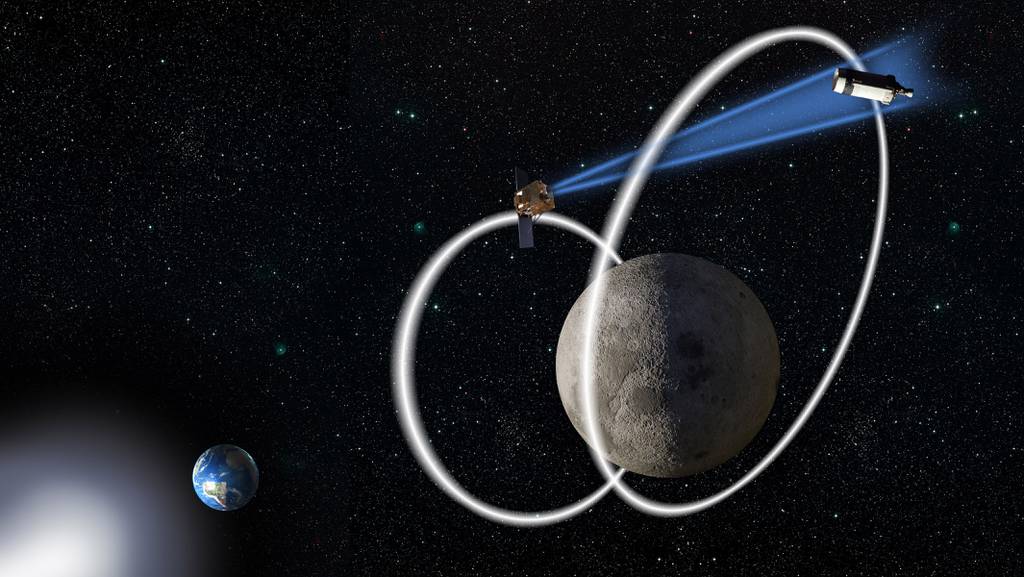WASHINGTON — The Air Force Research Laboratory could award a contract as soon as this summer for a new experiment on cislunar space domain awareness to help the U.S. military observe and track objects that reside between geostationary orbit and the moon.
AFRL plans to issue a solicitation by March for the Cislunar Highway Patrol System, or CHPS, the director of the lab’s Space Vehicles Directorate, Col. Eric Felt, told C4ISRNET in a recent interview. Using the Space Force’s Space Enterprise Consortium contracting vehicle, Felt expects to make an award this summer and is eyeing a 2025 launch date.
CHPS is one of several AFRL programs focused on cislunar space operations, the area between geostationary orbit — itself more than 22,000 miles above the Earth’s surface — and the moon’s orbit. Other efforts include the Defense Deep Space Sentinel pathfinder — which will demonstrate the use of small satellites for a range of cislunar missions — and Autonomy Demonstrations and Orbital eXperiments, a portfolio of demonstration satellites focused on cislunar space domain awareness and logistics.
These new projects come as the Defense Department made a notable shift in its posture toward cislunar space in the last few years — from viewing potential deep-space threats as part of a far-off future to recognizing that those threats may present much sooner.
“We envisioned that there could be adversary activity out there that could pose a threat to our space systems many years ago, but we thought: ‘Oh, that’s a long way out,’ ” Felt said. “But there’s been so much activity.”
Speaking last month during a Mitchell Institute event, Chief of Space Operations Gen. John Raymond said he expects the Space Force will have a cislunar domain awareness capability on orbit within the next five to 10 years.
The increased activity isn’t just adversarial, Felt noted. It’s also commercial.
“That pace of activity then causes us to say: ‘Well, we had a plan to get after cislunar space domain awareness, but now we need to accelerate our plan because things are happening much faster than we expected,’ ” he said.
Last April, the Space Vehicles Directorate convened a cislunar stakeholders meeting, bringing together officials from the Defense Department, NASA and the intelligence community to coordinate their work in this area and develop a road map that identifies capabilities each agency is pursuing.
The agencies have made “a lot of great progress” on the road map, the details of which won’t be released publicly, Felt said. He noted that much of the synchronization work was completed and that industry will likely see more solicitations for programs like CHPS soon as those efforts get off the ground.
Felt doesn’t foresee a need for another dedicated event similar to last year’s stakeholder meeting; the need for cislunar domain awareness has become more mainstream and is now baked into regular discussions. As examples of this, Felt pointed to a late October conference on cislunar security as well as a space domain awareness leadership workshop in January that included a full day’s meeting on the topic.
“We have rolled the cislunar challenge into the existing things like it’s just another kind of space domain awareness,” he said. “It happens to be a kind that we need to do a lot of work on, but we decided we would be better to bring it into the mainstream.”
Courtney Albon is C4ISRNET’s space and emerging technology reporter. She has covered the U.S. military since 2012, with a focus on the Air Force and Space Force. She has reported on some of the Defense Department’s most significant acquisition, budget and policy challenges.








